Salacca zalacca Because of its scaly skin, the Salak is also known as Snake Fruit and Snakeskin Fruit. It is the fruit of the Salak Palm (Salacca zalacca). Family: Arecaceae Origin: The Salak Palm (Salacca zalacca) is native to Indonesia. It is cultivated in the tropics. Edible: The flesh is edible and tastes sweet to […]
Categories: Berries | Fruit & Vegetables | Nuts & Seeds | Palms |
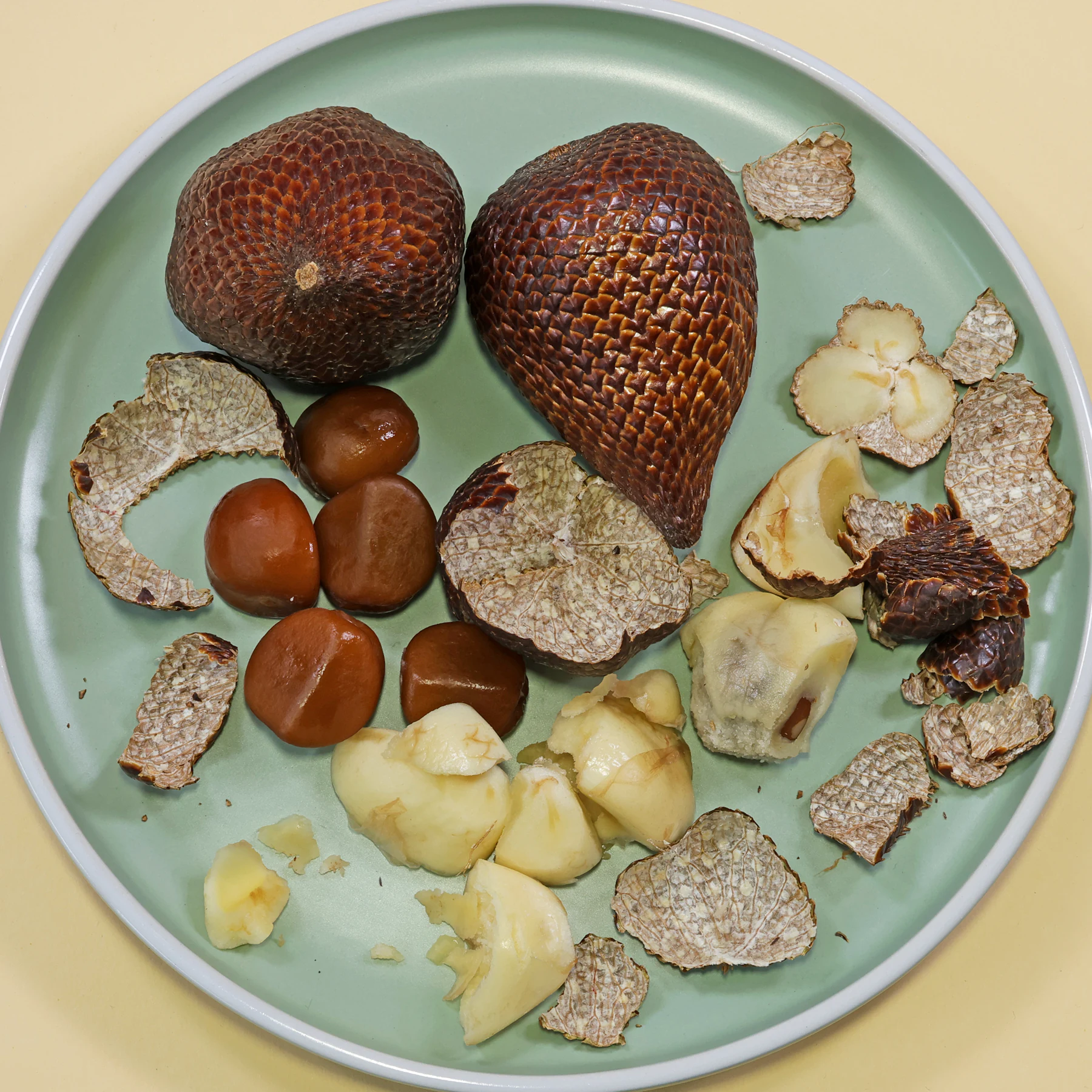
 Areca catechu
Areca catechu Caryota sp.
Caryota sp. Chamaedorea elegans
Chamaedorea elegans Chamaedorea metallica
Chamaedorea metallica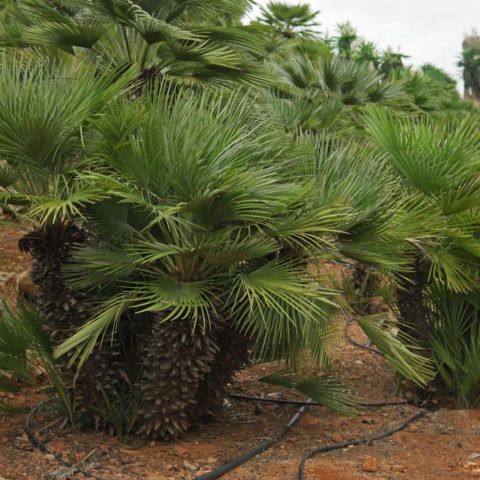 Chamaerops humilis
Chamaerops humilis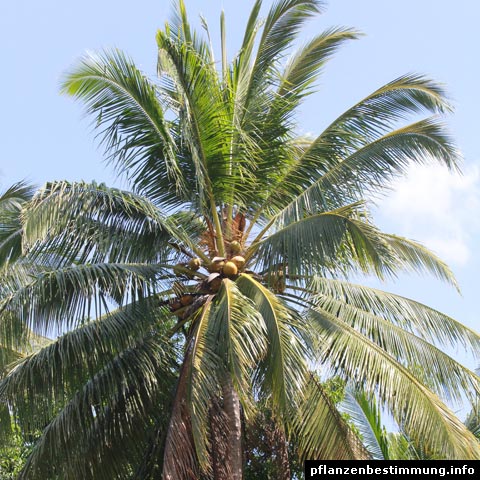 Cocos nucifera
Cocos nucifera Howea forsteriana
Howea forsteriana Nannorrhops ritchieana
Nannorrhops ritchieana Phoenix canariensis
Phoenix canariensis Rhapis sp.
Rhapis sp.
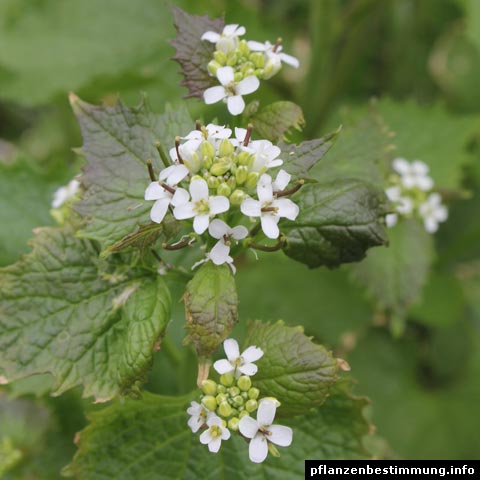 Alliaria petiolata
Alliaria petiolata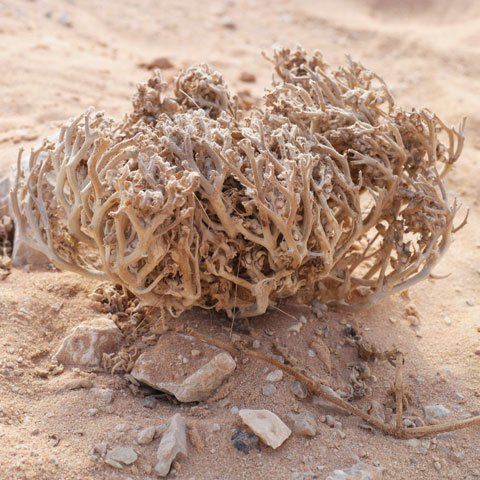 Anastatica hierochuntica
Anastatica hierochuntica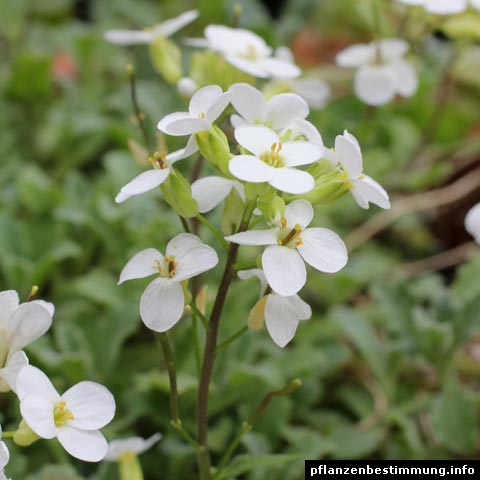 Arabis alpina ssp. caucasica
Arabis alpina ssp. caucasica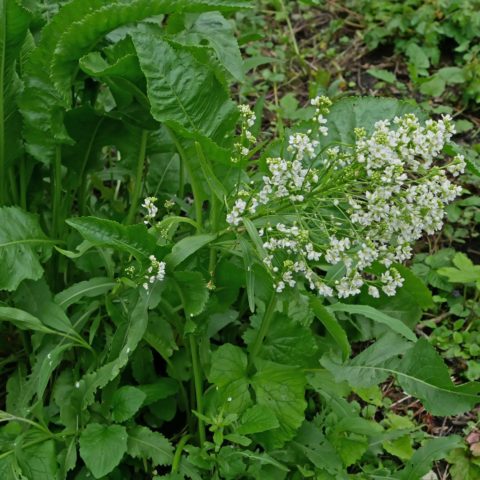 Armoracia rusticana
Armoracia rusticana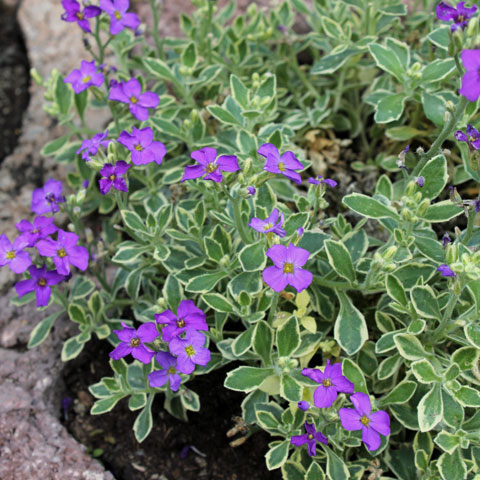 Aubrieta × cultorum “Silberrand”
Aubrieta × cultorum “Silberrand” Aurinia saxatilis
Aurinia saxatilis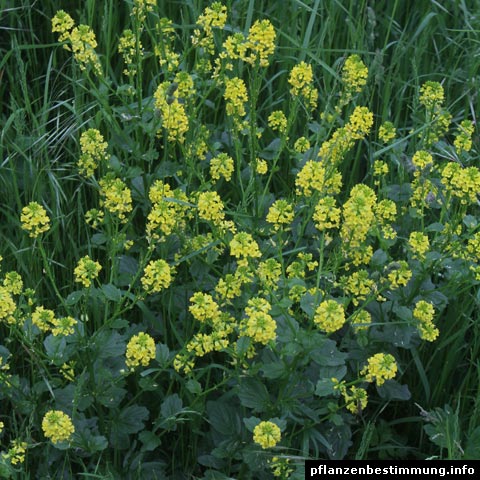 Barbarea vulgaris
Barbarea vulgaris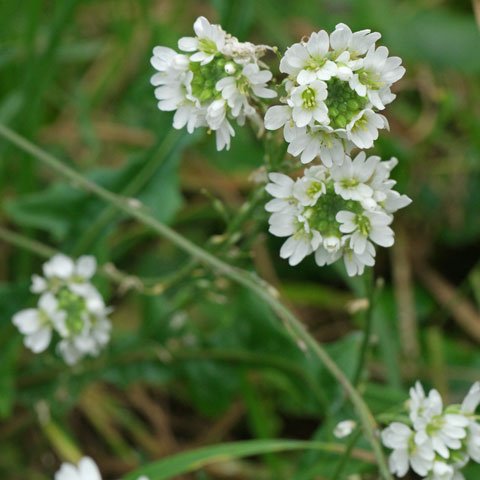 Berteroa incana
Berteroa incana Black Radish
Black Radish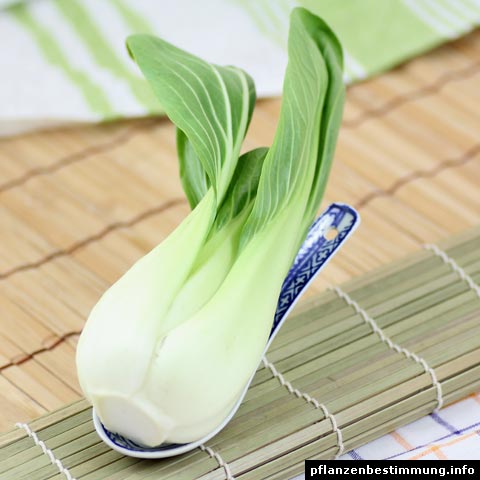 Bok Choy
Bok Choy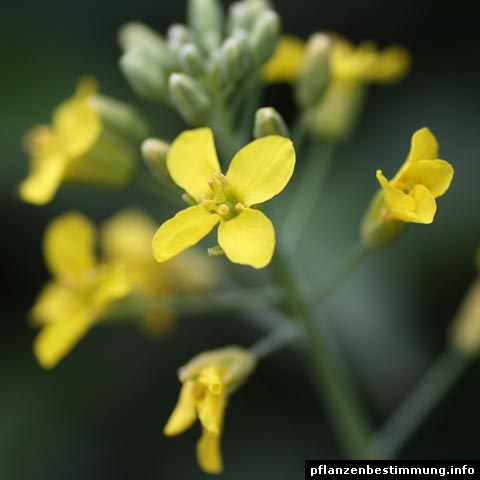 Brassica napus
Brassica napus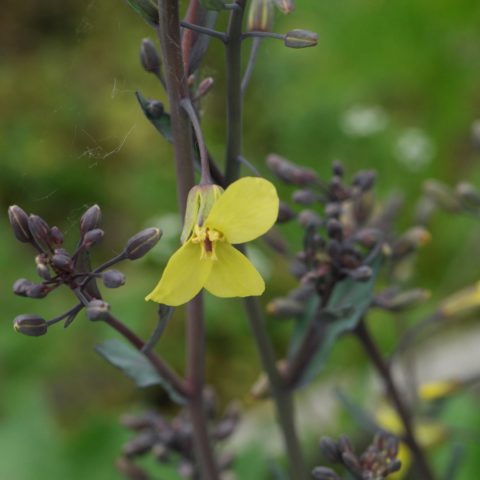 Brassica oleracea convar. capitata var. rubra
Brassica oleracea convar. capitata var. rubra Brassica oleracea var. acephala
Brassica oleracea var. acephala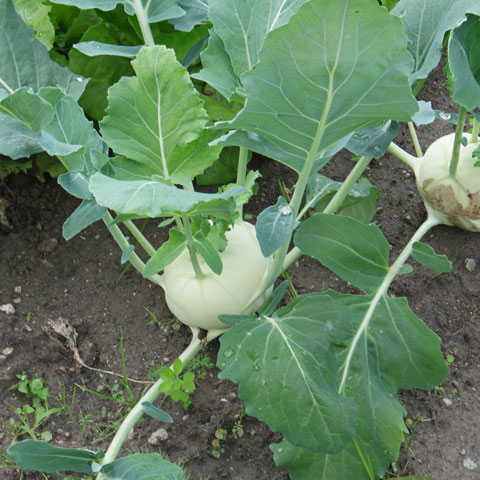 Brassica oleracea var. gongylodes
Brassica oleracea var. gongylodes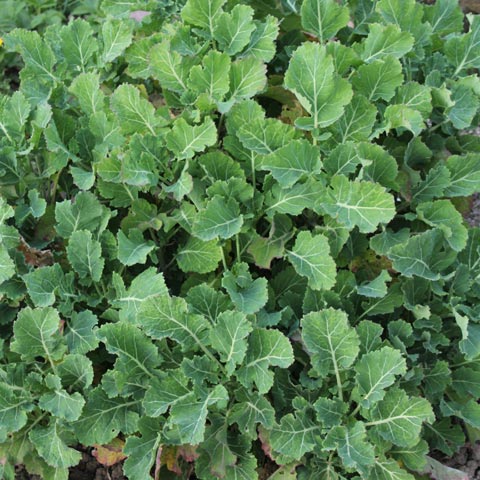 Brassica oleracea var. ramosa
Brassica oleracea var. ramosa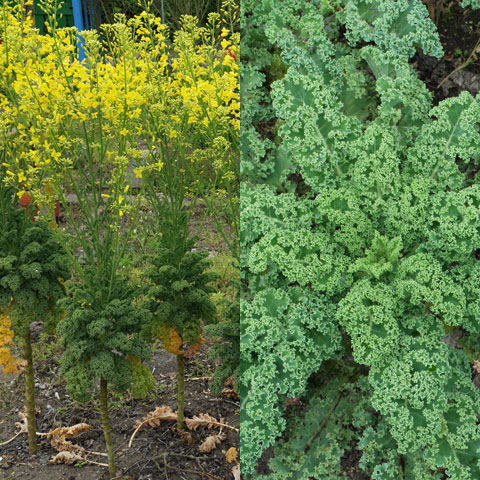 Brassica oleracea var. sabellica
Brassica oleracea var. sabellica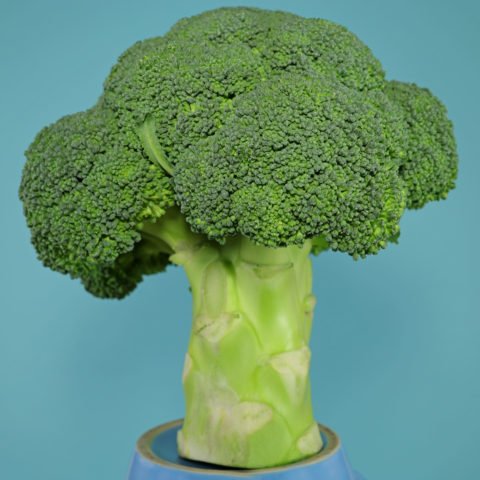 Broccoli
Broccoli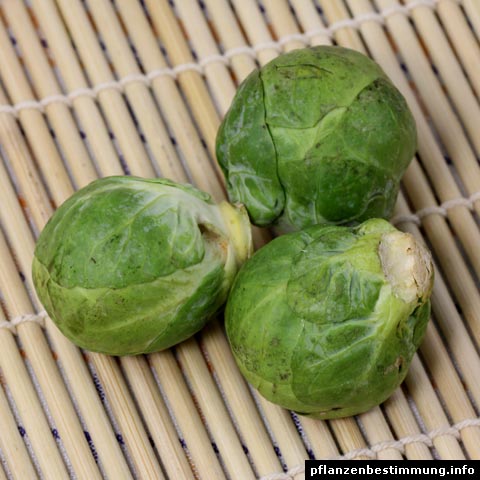 Brussels Sprout
Brussels Sprout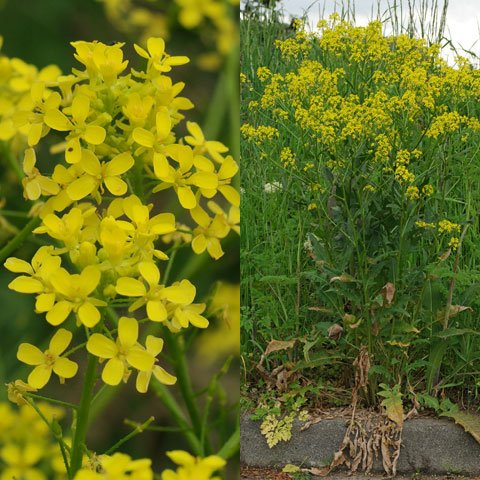 Bunias orientalis
Bunias orientalis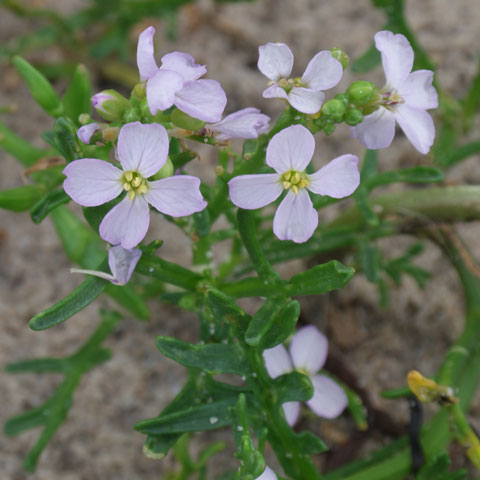 Cakile maritima
Cakile maritima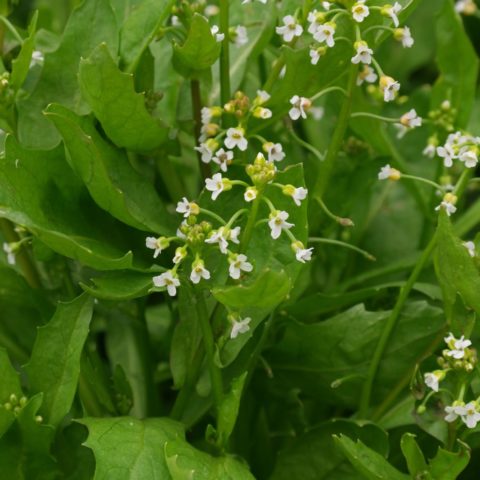 Calepina irregularis
Calepina irregularis Capsella bursa-pastoris
Capsella bursa-pastoris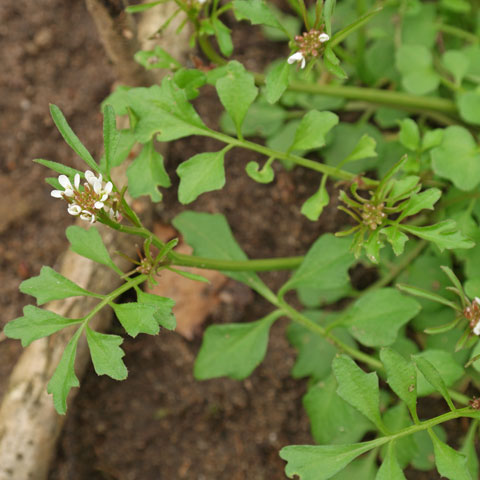 Cardamine flexuosa
Cardamine flexuosa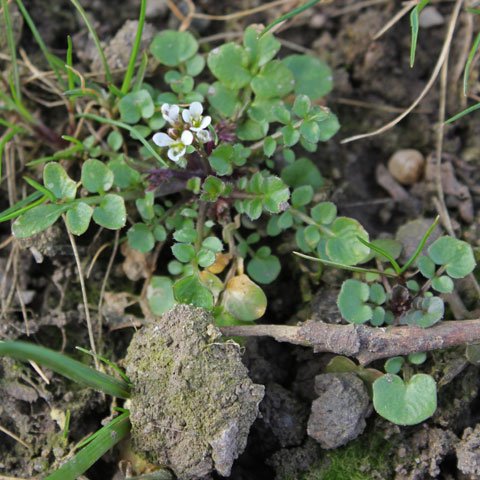 Cardamine hirsuta
Cardamine hirsuta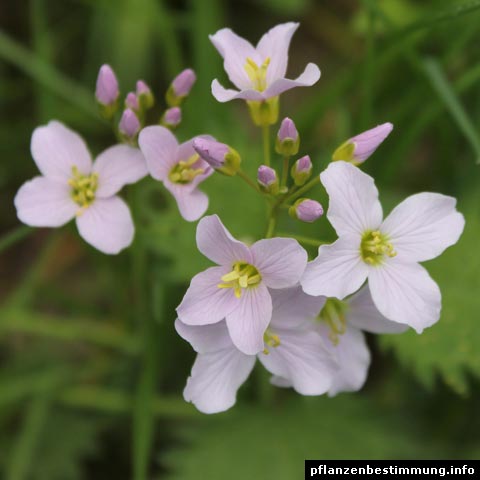 Cardamine pratensis
Cardamine pratensis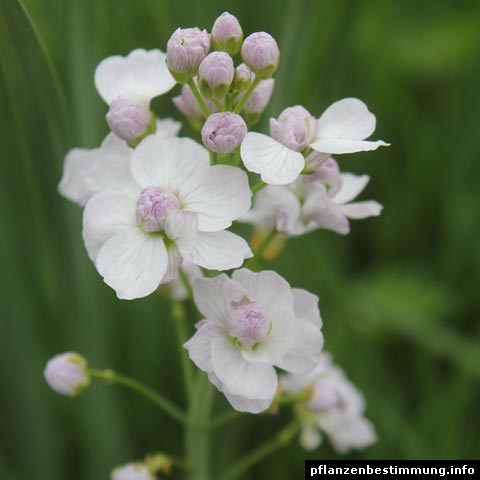 Cardamine pratensis “Plena”
Cardamine pratensis “Plena”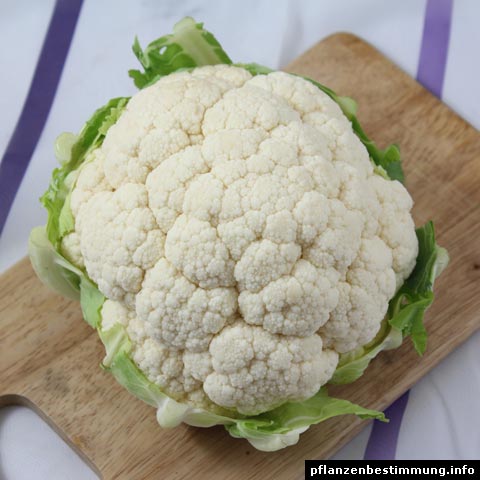 Cauliflower
Cauliflower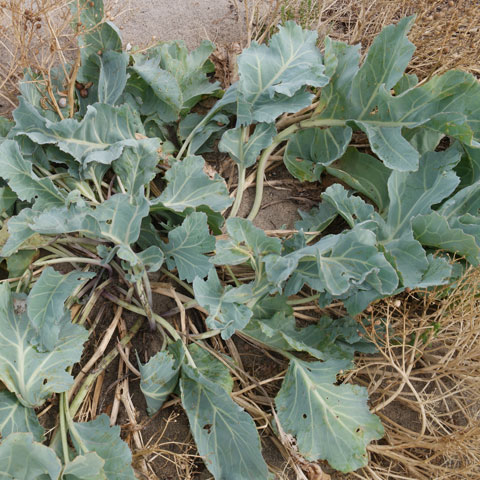 Crambe maritima
Crambe maritima Cress
Cress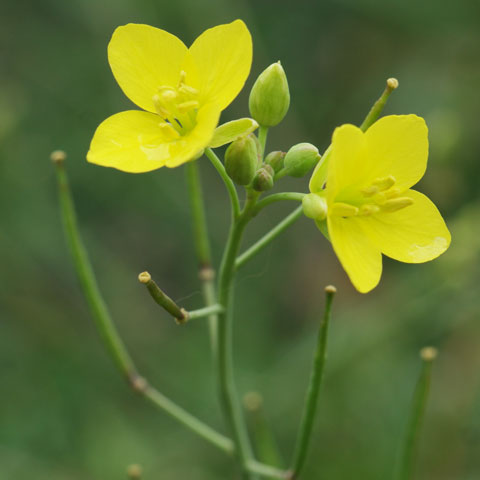 Diplotaxis tenuifolia
Diplotaxis tenuifolia Draba verna
Draba verna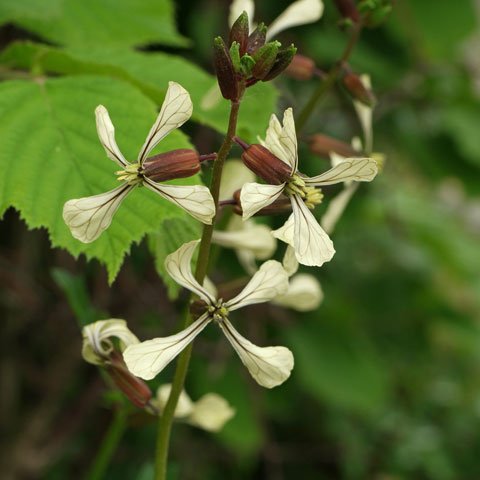 Eruca vesicaria
Eruca vesicaria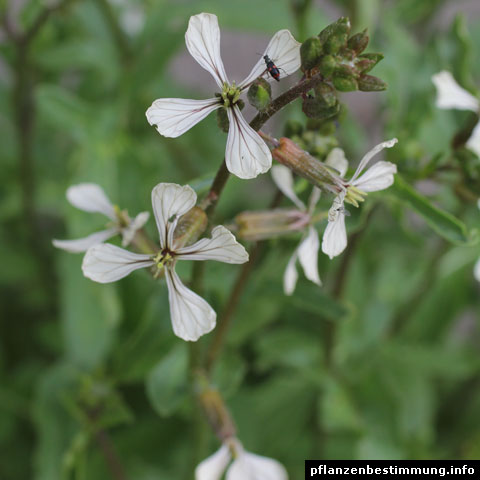 Eruca vesicaria ssp. sativa
Eruca vesicaria ssp. sativa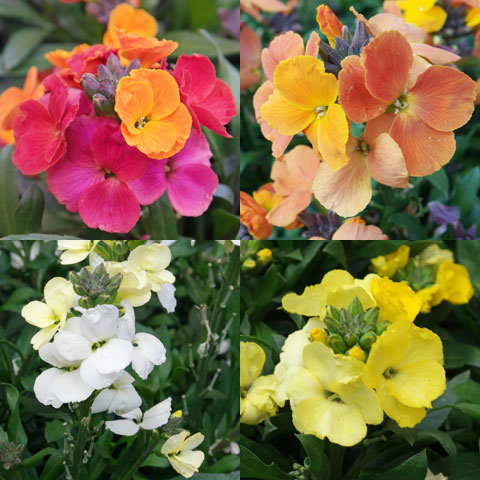 Erysimum cheiri
Erysimum cheiri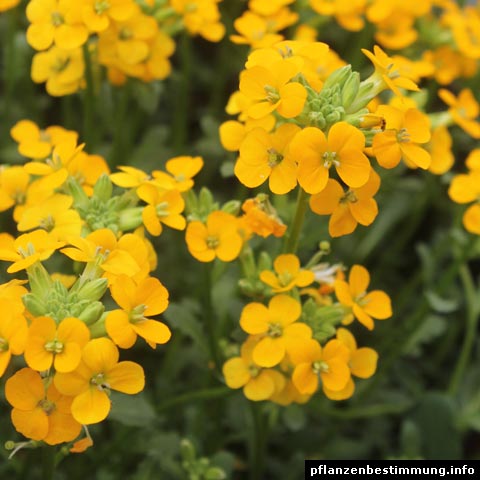 Erysimum cv.
Erysimum cv.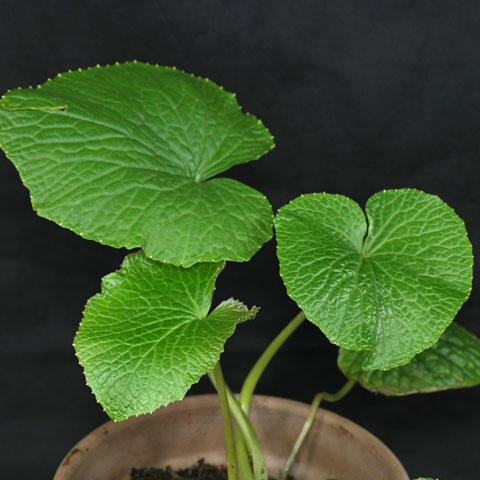 Eutrema japonicum
Eutrema japonicum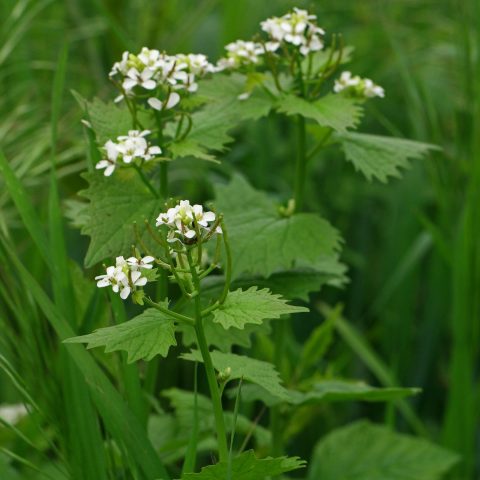 Garlic Mustard, Jack-By-The-Hedge
Garlic Mustard, Jack-By-The-Hedge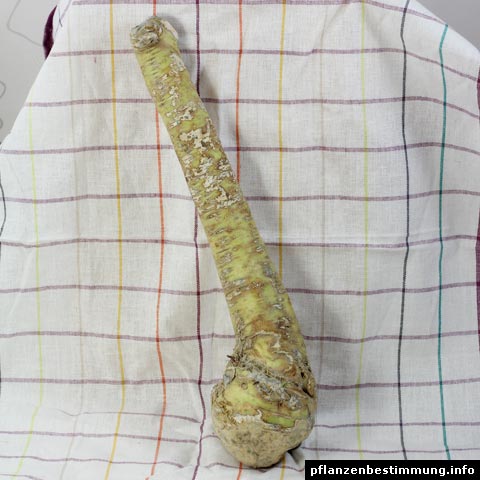 Horseradish
Horseradish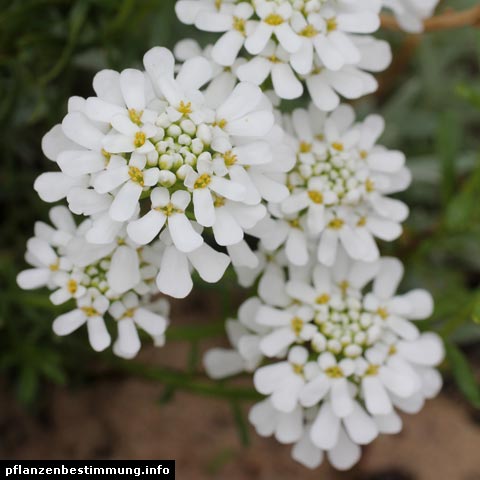 Iberis sempervirens
Iberis sempervirens Isatis tinctoria
Isatis tinctoria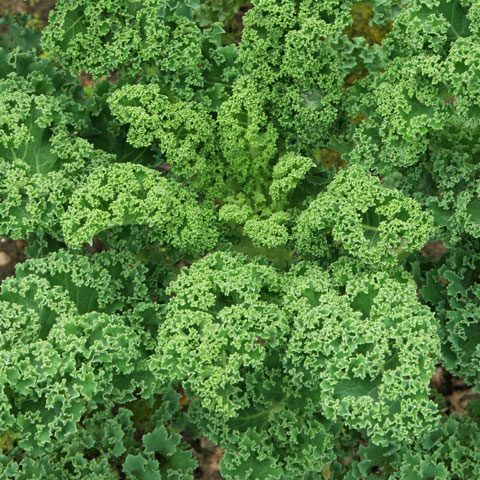 Kale
Kale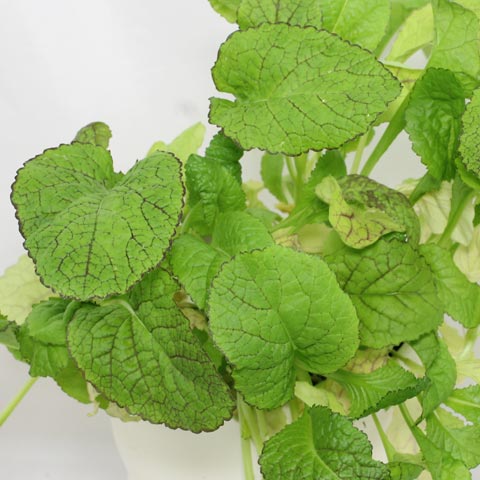 Leaf Mustard “Red Giant”
Leaf Mustard “Red Giant” Lepidium campestre
Lepidium campestre Lepidium draba
Lepidium draba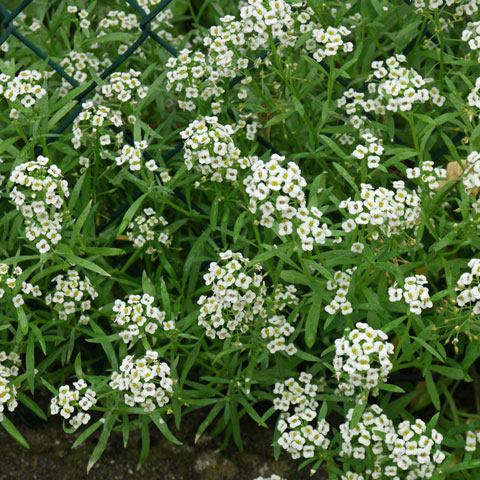 Lobularia maritima
Lobularia maritima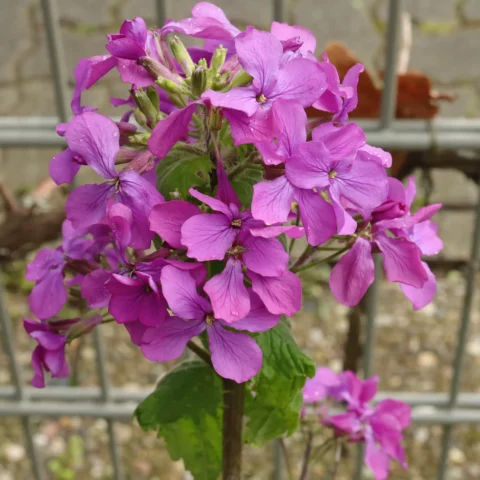 Lunaria annua
Lunaria annua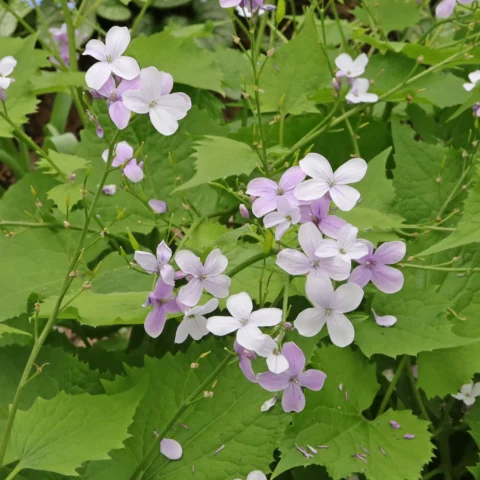 Lunaria rediviva
Lunaria rediviva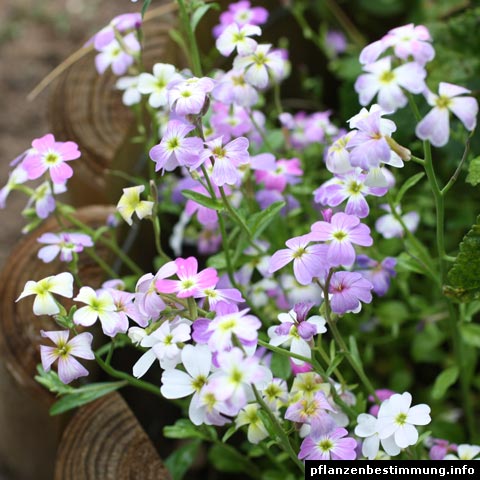 Malcolmia maritima
Malcolmia maritima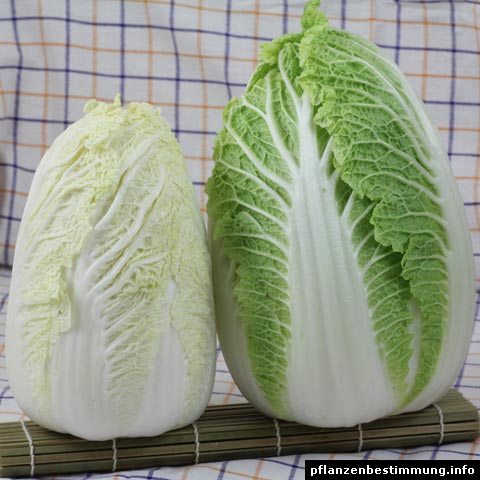 Napa Cabbage
Napa Cabbage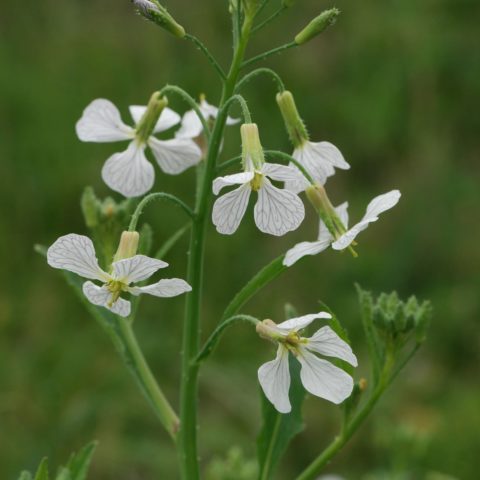 Raphanus raphanistrum
Raphanus raphanistrum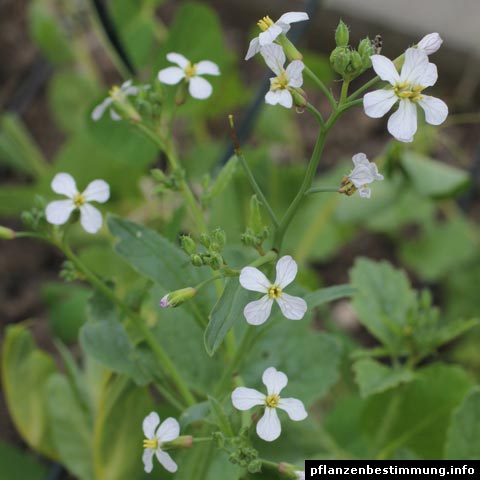 Raphanus sativus var. niger
Raphanus sativus var. niger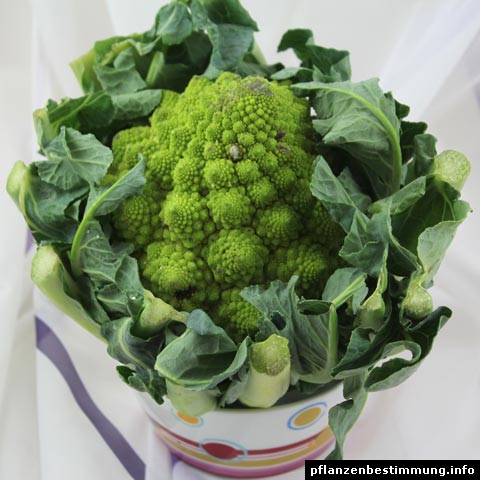 Romanesco
Romanesco Rorippa austriaca
Rorippa austriaca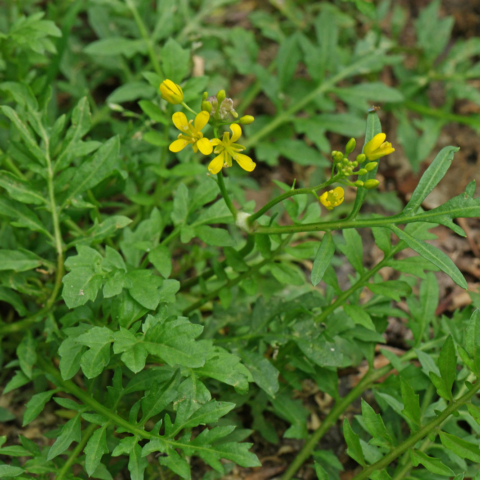 Rorippa sylvestris
Rorippa sylvestris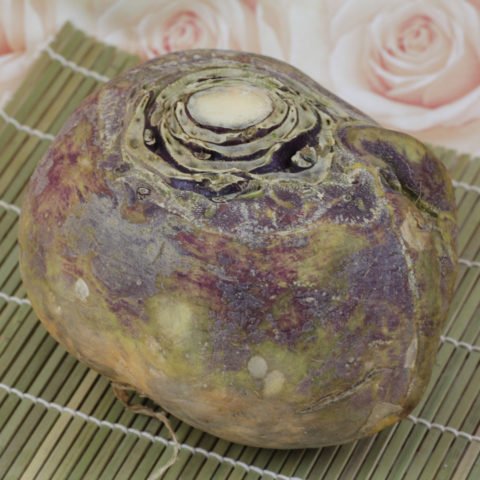 Rutabaga
Rutabaga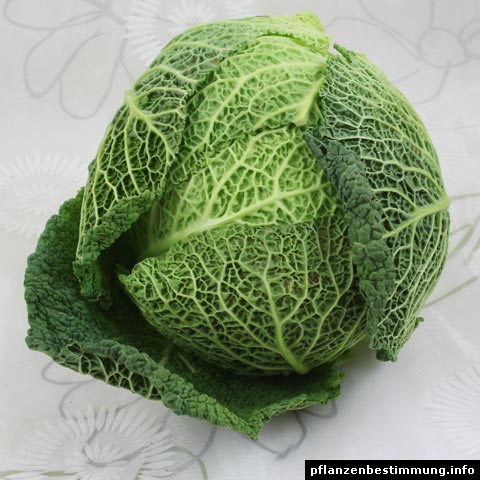 Savoy Cabbage
Savoy Cabbage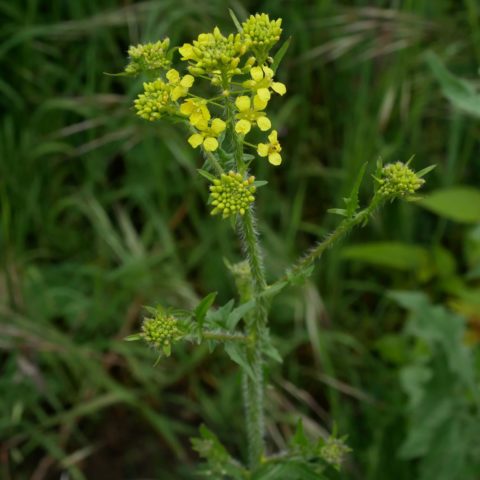 Sisymbrium loeselii
Sisymbrium loeselii Spring Draba, Vernal Whitlow Grass
Spring Draba, Vernal Whitlow Grass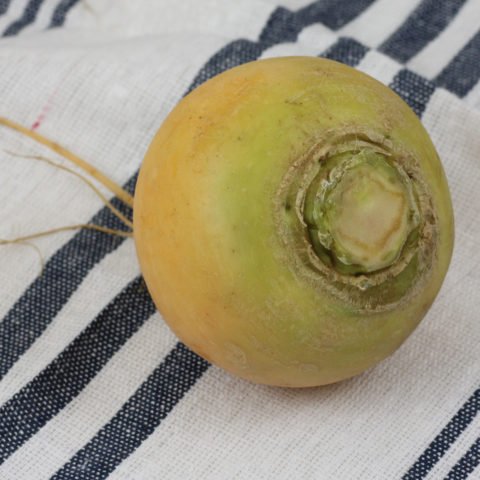 Turnip (yellow)
Turnip (yellow)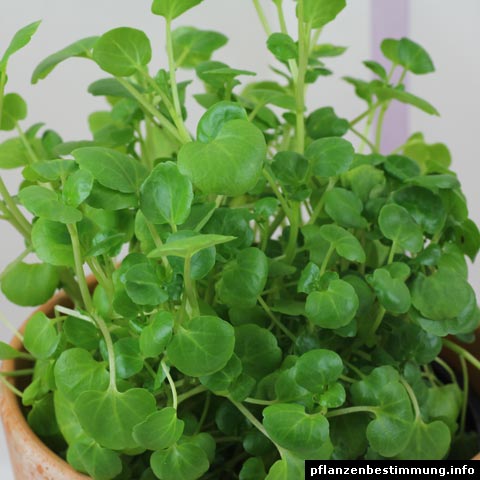 Watercress
Watercress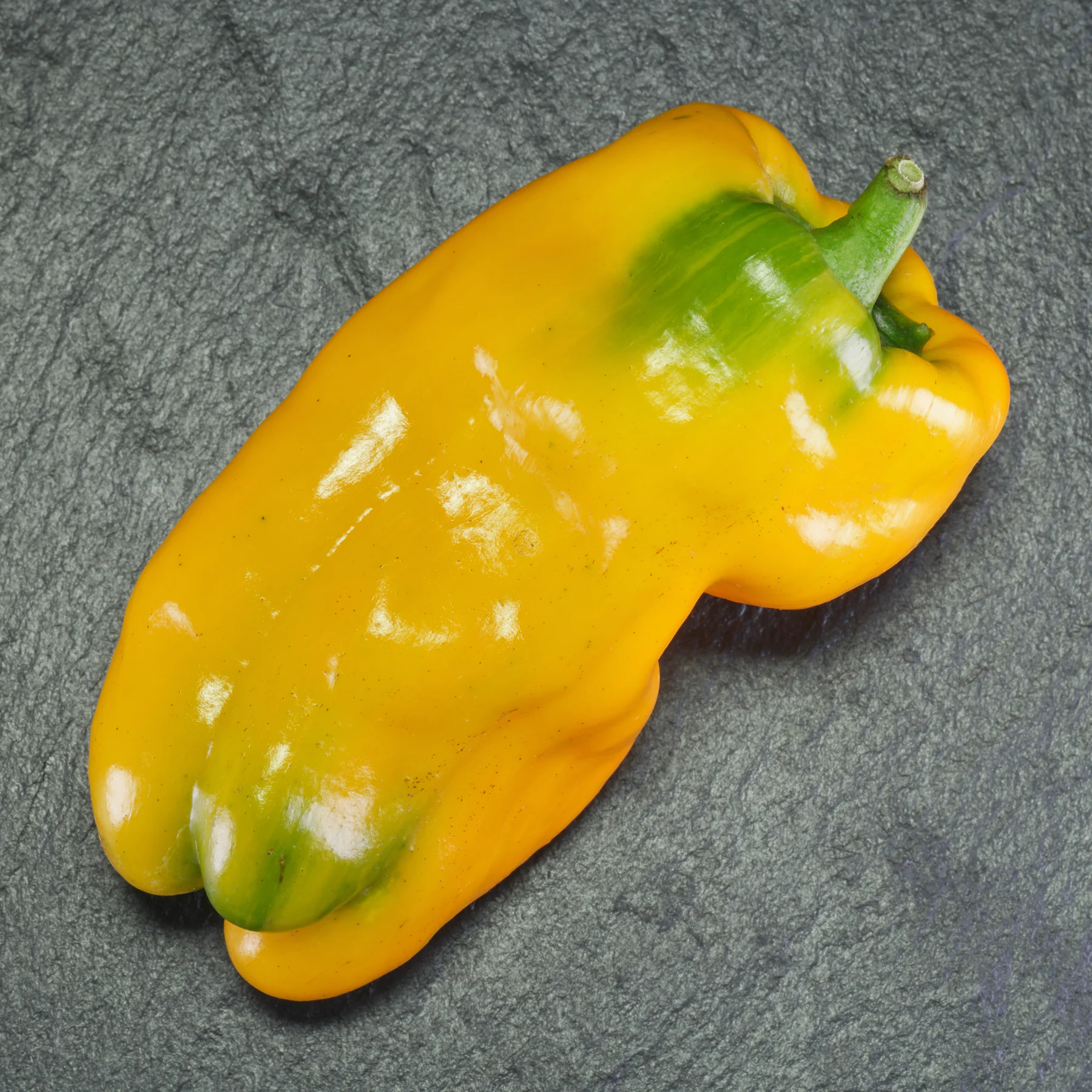
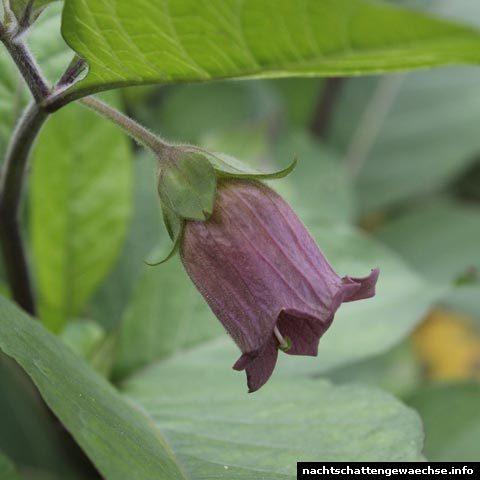 Atropa belladonna
Atropa belladonna Bittersweet
Bittersweet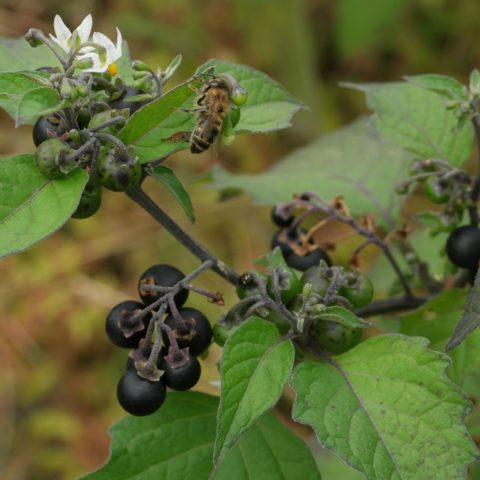 Black Nightshade
Black Nightshade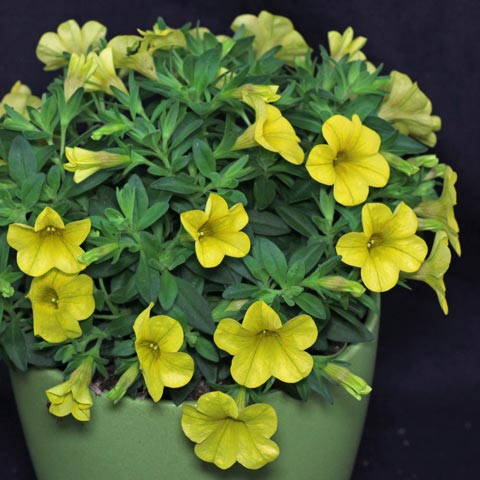 Calibrachoa “Superbells Yellow”
Calibrachoa “Superbells Yellow”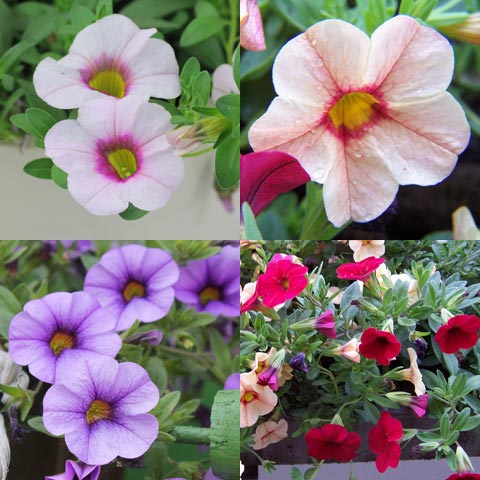 Calibrachoa cv.
Calibrachoa cv.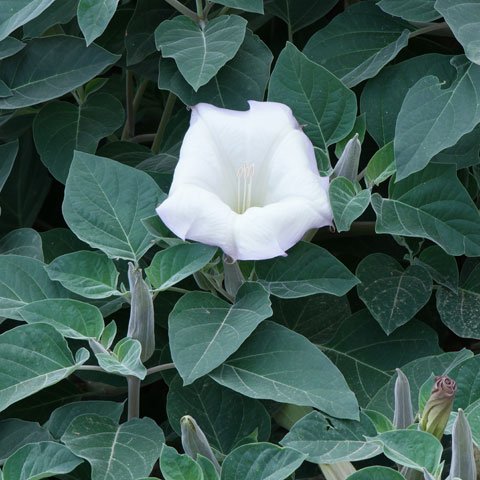 Datura innoxia
Datura innoxia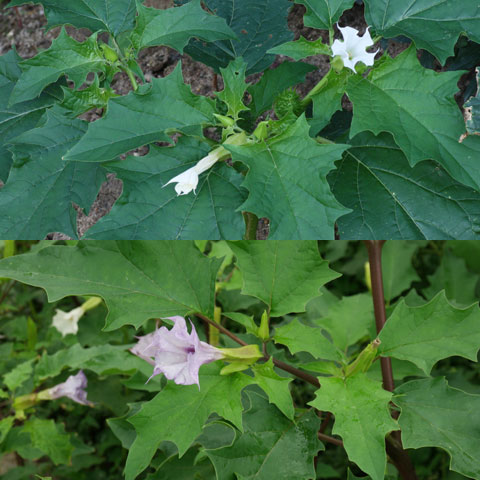 Datura stramonium
Datura stramonium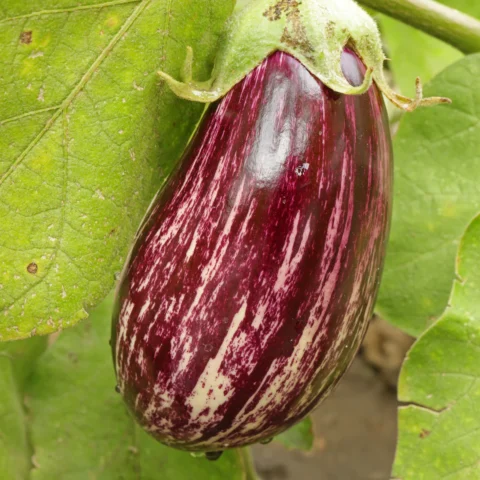 Eggplant “Lucilla”
Eggplant “Lucilla”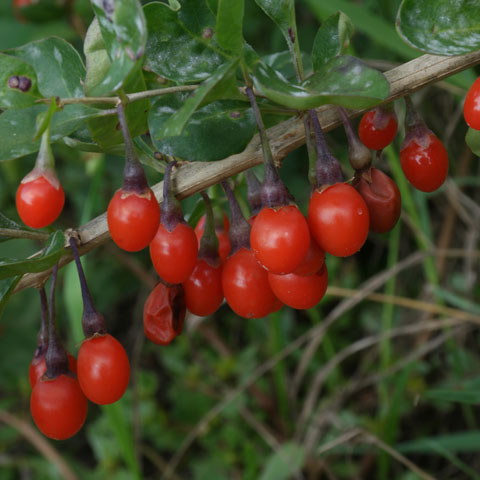 Goji
Goji Hairy Nightshade
Hairy Nightshade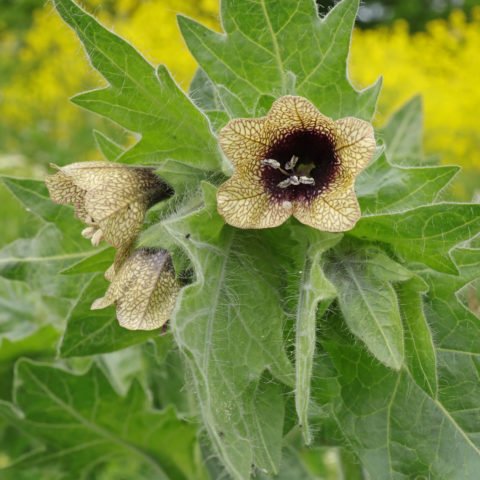 Hyoscyamus niger
Hyoscyamus niger Lycianthes rantonnetii
Lycianthes rantonnetii Lycium barbarum
Lycium barbarum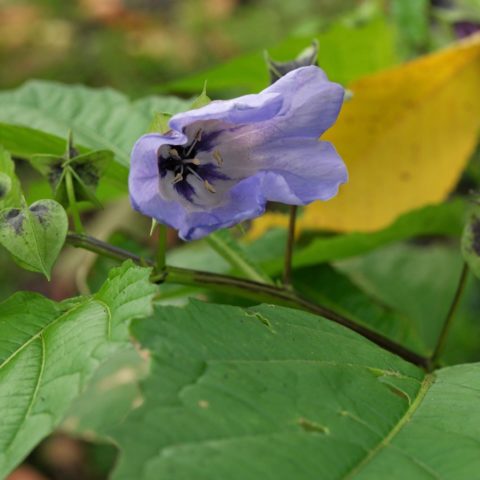 Nicandra physalodes
Nicandra physalodes Nicotiana tabacum
Nicotiana tabacum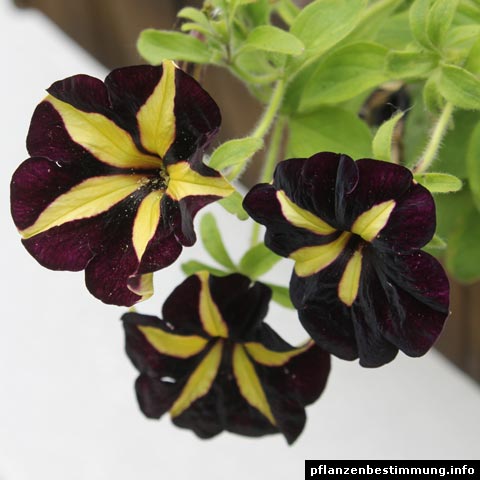 Petunia “Mystical” ‘Phantom’
Petunia “Mystical” ‘Phantom’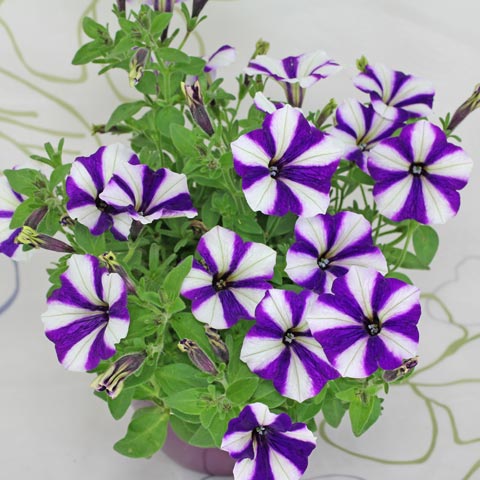 Petunia “Peppy” ‘Blue’
Petunia “Peppy” ‘Blue’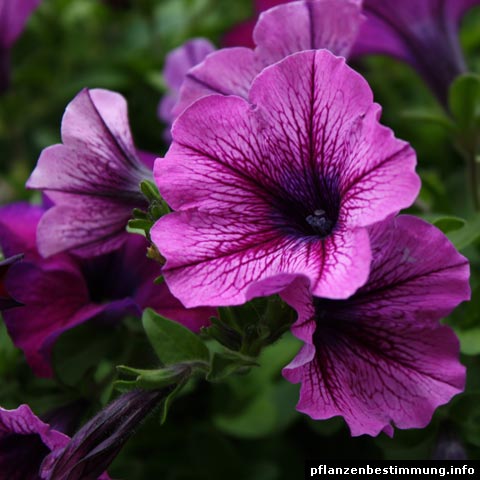 Petunia × hybrida
Petunia × hybrida Physalis alkekengi
Physalis alkekengi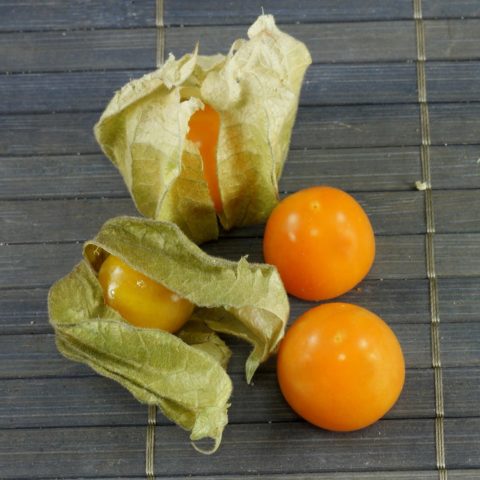 Physalis peruviana
Physalis peruviana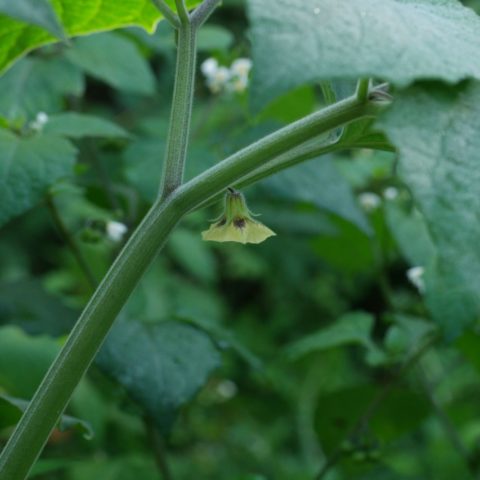 Physalis peruviana
Physalis peruviana Schizanthus × wisetonensis
Schizanthus × wisetonensis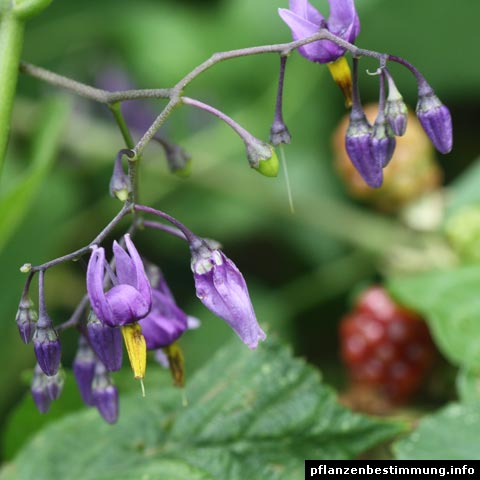 Solanum dulcamara
Solanum dulcamara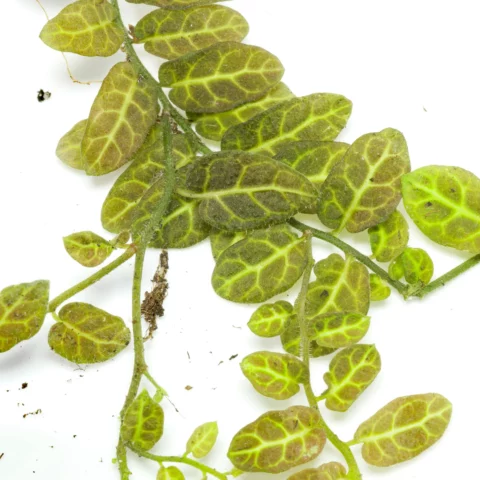 Solanum evolvulifolium
Solanum evolvulifolium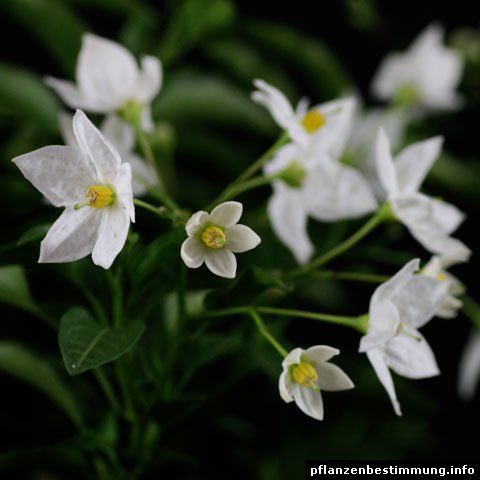 Solanum laxum
Solanum laxum Solanum nigrum
Solanum nigrum Solanum pseudocapsicum
Solanum pseudocapsicum Solanum tuberosum
Solanum tuberosum Solanum villosum
Solanum villosum Thorn Apple, Common
Thorn Apple, Common
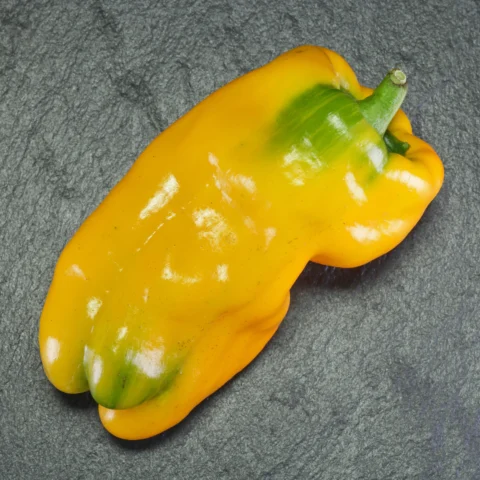 Bell pepper “Candy Cane”
Bell pepper “Candy Cane”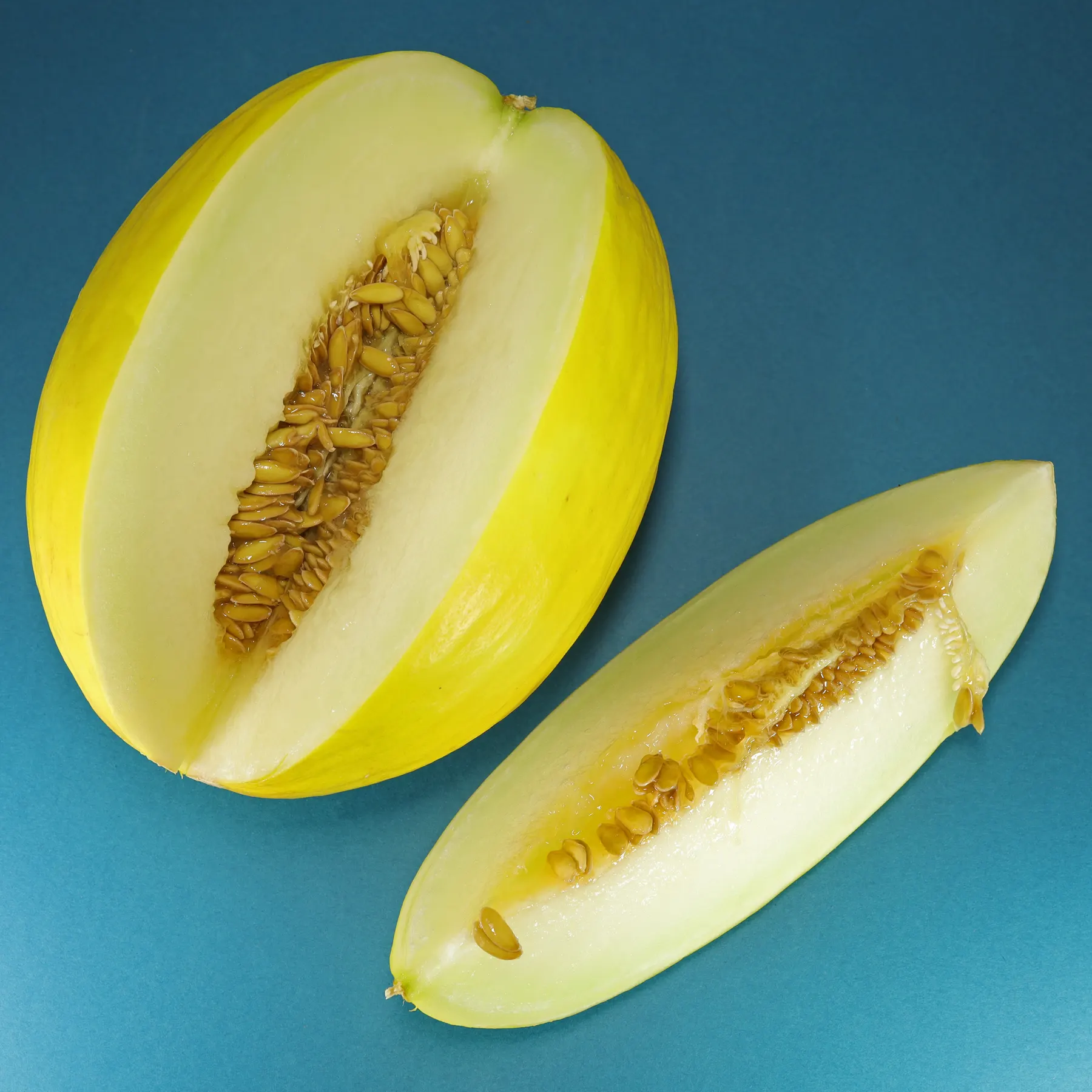
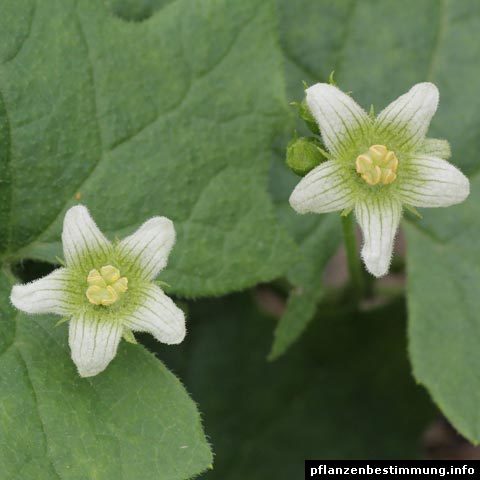 Bryonia dioica
Bryonia dioica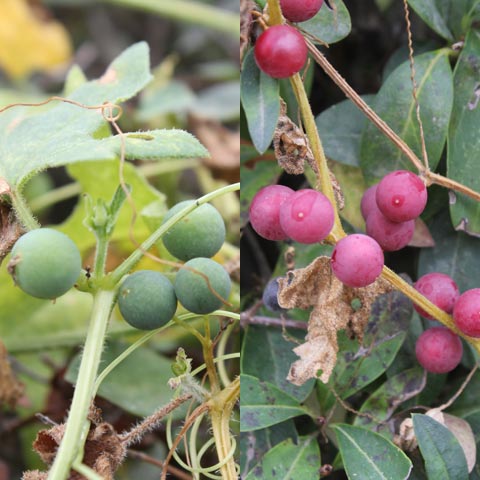 Bryony
Bryony Cucumber (Kiwano)
Cucumber (Kiwano) Cucumis sativus
Cucumis sativus Cucumis sativus cv.
Cucumis sativus cv. Cucurbita pepo ssp. pepo
Cucurbita pepo ssp. pepo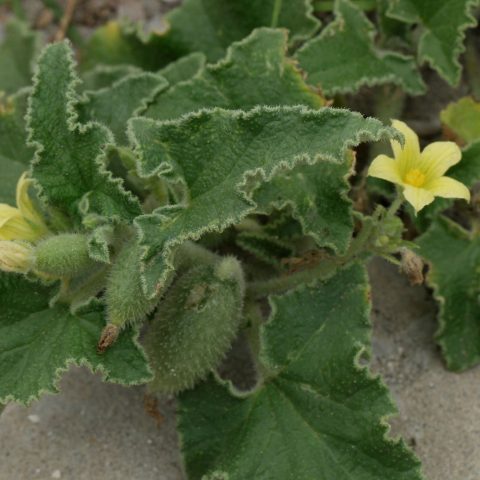 Ecballium elaterium
Ecballium elaterium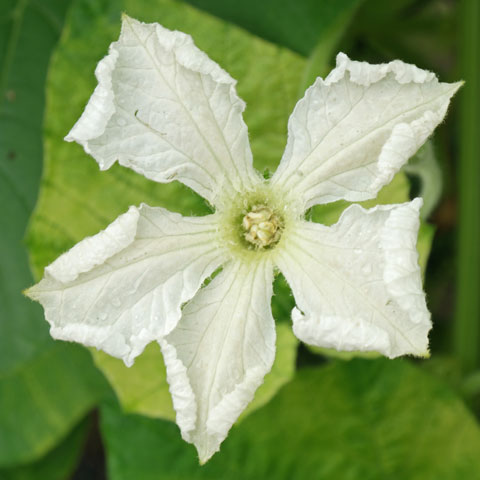 Lagenaria siceraria cv.
Lagenaria siceraria cv. Melon (Dino, Gaya, Snowball)
Melon (Dino, Gaya, Snowball)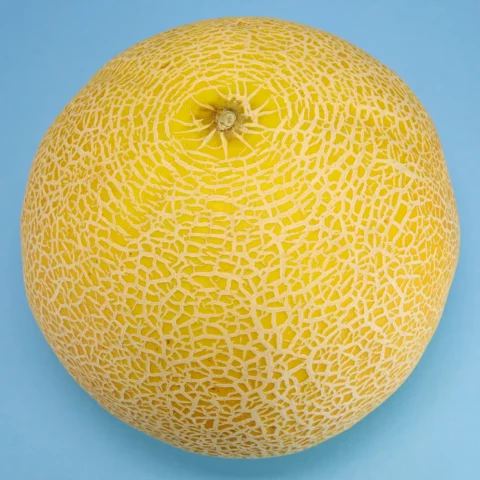 Melon (Galia)
Melon (Galia)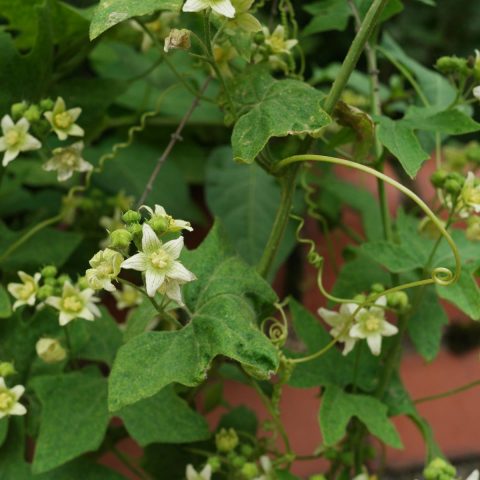 Red Bryony, White Bryony, English Mandrake
Red Bryony, White Bryony, English Mandrake Squash (Butternut)
Squash (Butternut)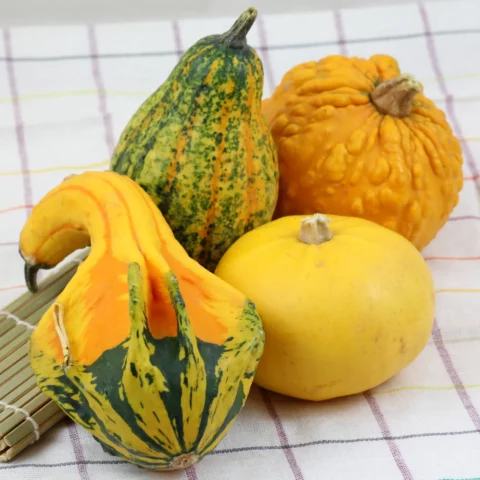 Squash (Ornamental)
Squash (Ornamental)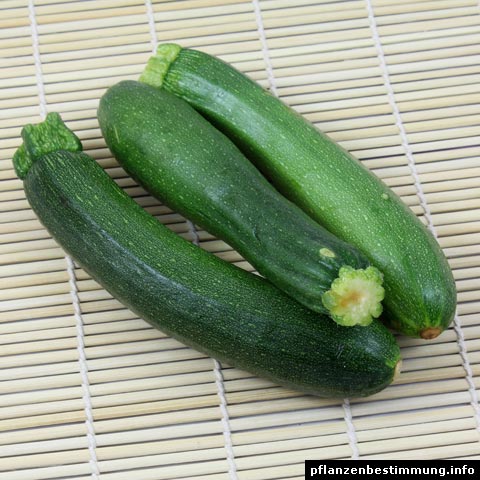 Zucchini
Zucchini